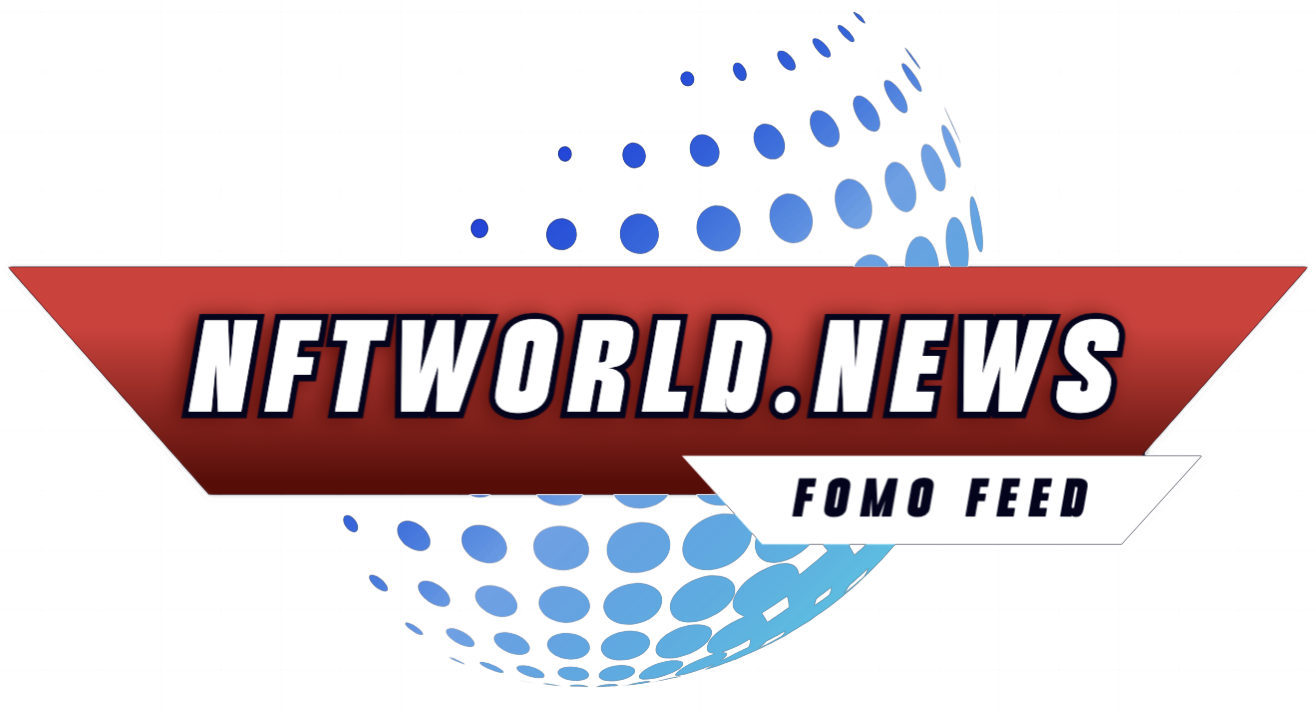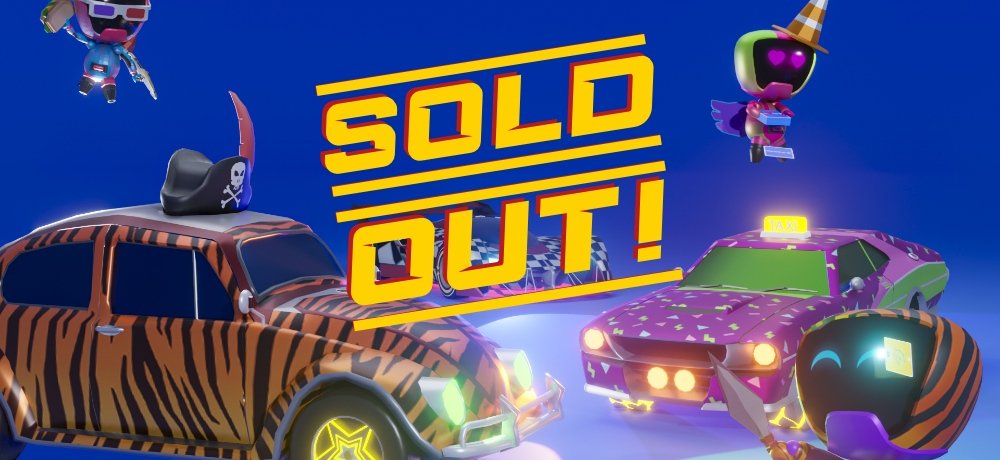By Alessandro De Grandi
As November 2024 unfolds, the world of gaming is witnessing a revolutionary shift, thanks to the integration of Web3 technologies. Gaming, a sector that has always been at the forefront of tech innovation, is now embracing the decentralized future with the advent of gaming on Web3 platforms.
The concept of Web3, or the decentralized internet, is not new but its application in the gaming industry has certainly opened up new avenues. It’s a shift from the traditional model where game developers held the ultimate power over the games and their economies, to a more democratic and user-centric model. Web3 gaming platforms are leveraging blockchain technologies to offer players true ownership of their in-game assets, and control over the game’s economy and decision-making.
One of the most significant events this month was the announcement of ‘Etherverse’, a new RPG game built on the Ethereum blockchain. Etherverse has taken the gaming world by storm, offering players an immersive experience where they have the freedom to earn, trade, and own digital assets via NFTs. The players’ enthusiasm and the market response to Etherverse underlines the enormous potential of Web3 games.
While the transition to Web3 gaming is exciting, it’s also fraught with challenges. Issues such as scalability, transaction costs, and adoption barriers need to be addressed for mainstream adoption. Nevertheless, the progress made so far is encouraging and shows that the future of gaming lies in this intersection of entertainment and blockchain technology.
As we look forward to more developments in this sector, one thing is clear: gaming on Web3 is more than just a trend. It’s a radical shift that is set to redefine the gaming industry and the way we play games. The future is here, and it’s decentralized.




